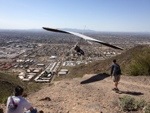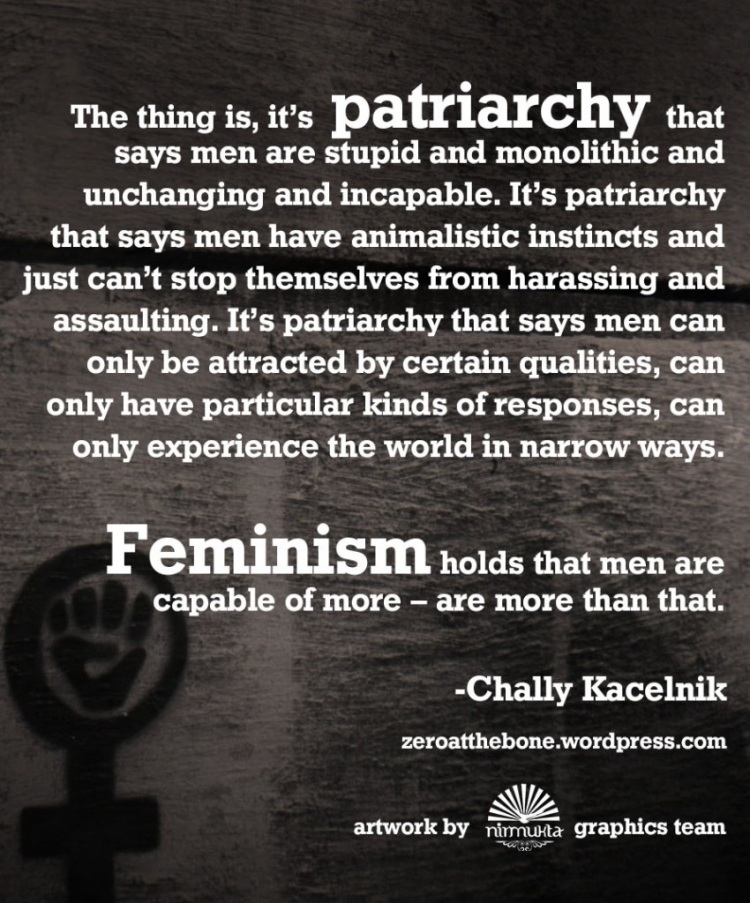Sometime last fall, I tried to explain to our churches young adult group what makes someone a hipster. Which, is a very difficult task. I tried to explain the expropriation of other cultures (working class symbols like PBR and v-neck shirts among non-working class youth), the intentional attempt to look a certain kind of lower-class (tailored Goodwill t-shirts and apartments in places like Williamsburg and Wicker Park) and an embrace of independent, unknown artistic expression (“I like ‘x’ band. You’ve probably never heard of them.”).
The mistake I made was that I always described them as always denying that they are, indeed hipsters. And so, our group began asking if I, with my ratty button up shirts and Jeans, my sometimes shaggy beard, and my beaten up leather shoes, am a hipster.
Maybe you already see why this is a problem. I am not a hipster. Which would end the discussion, if I hadn’t mention that hipster always deny that they are hipsters. All of this was compounded when a few of us were having dinner at one of my favorite gastro-pubs (Angel’s Trumpet Ale House….you’ve probably never heard of it) and not one, but two people playing a homemade version of “hipster bingo” approached me to fill in the square for “hipster beard.”
Ok, I really, really mean this. I am not a hipster. And I’m not saying that as a hipster denial to keep up my hipster “cred.”
If my clothes look like I just bought them at a goodwill, it’s probably because I’ve been wearing the same clothes for the last decade, and need to make a trip to the store to buy something new. I’ve been wearing flannel since high school because it’s really comfortable. I have a beard because I hate razor. But…this brings up the place where I sort of agree with the stereotypical hipster lifestyle: I don’t want to be called a hipster lest I misrepresent someone else’s cultural identity.
I grew up in a stereotypical, late 20th century suburb. Within 5 miles of our house there were 5 Super-Walmarts, and on every corner there were at least 2 gas stations and a Walgreens Pharmacy. I started drinking coffee at a Starbucks, where I could order the latest Italian-named, over sugared frozen espresso drink. Our house, which was purchased and built when I was 12, was one of 4 models in our neighborhood, which was built in place of an orange orchard, and I remember our family sitting down to decide between about 7 paint colors and 3 roof tile colors.
When I got to college and discovered independently owned mom-and-pop shops and local, hip coffee joints, I became enamored. There was something so authentic about something that was created by local individuals that you could talk to, rather than some board room of wealthy executives hundreds of miles away. Independent and local became synonymous with “authentic.”
Growing up in the world of mass produced community (Applebee’s “eating good in the neighborhood” or Walmart’s “neighborhood markets.”) has led me to be wary of of attempts to present something behind carefully constructed exterior. When I walk into a Starbucks, I’m immediately drawn to the visible pixels in the artwork on the walls. Conversely, there’s something comforting about hiding behind a cappuccino and a pastry at a coffeehouse where the owner prepares your drink, asks how you are, wonders where you’re from, etc.
Mass production requires that research be conducted, that the product be hid behind layers of carefully researched, surveyed, controlled exteriors. It’s not just a cup of coffee, it’s an experience which has to be tailored to the lowest common denominator of American cultural life. If something represents only a particular communities tastes, then the product feels out of place anywhere else.
I’m not sure if this is what drives “hipster” culture towards denial of any cultural identity. I don’t know if this is what drives the support of “indie” leanings. I’m not sure if this is even what “authentic” is, if anything could actually achieve the status of belonging exclusively to any one group, any one neighborhood, any one city. (every city does, after all, have locally own coffee shops that look roughly the same, with similar drinks, with art on the walls, with ratty-yet-comfortable furniture)
What I know is that I desire “authenticity,” even if I can’t describe it. Even as it takes on a sort of mythological status, and is lost as soon as it’s adapted by larger groups of people in the media age. I desire “authenticity,” even if I’m not quite sure it actually exists.


